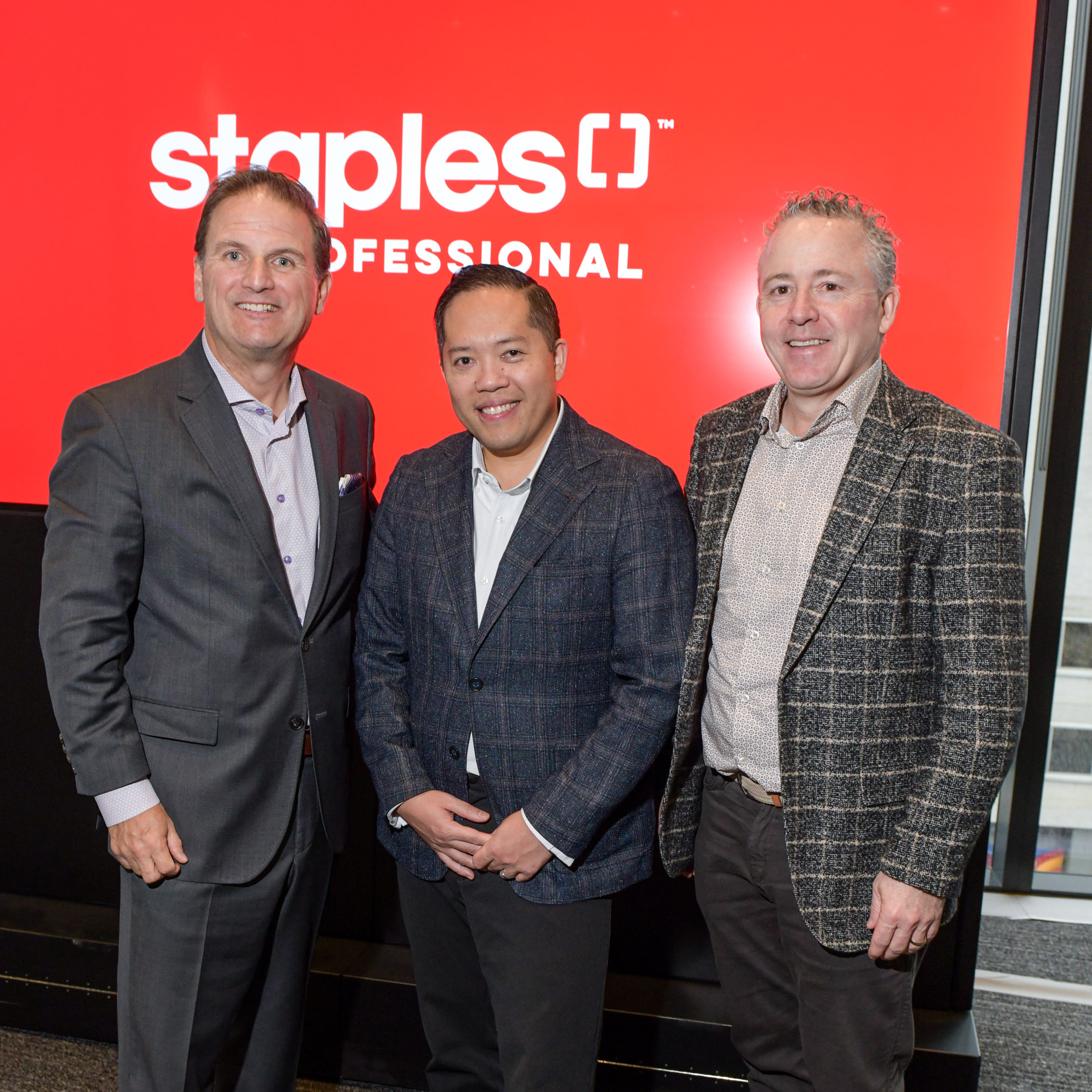How to Navigate Conflict at Work

Whether it’s a manager that takes credit for others’ work, a colleague’s proclivity for inappropriate comments or that one coworker who never has anything positive to say, conflict in the workplace is always bound to be unpleasant. As messy and uncomfortable as it can be, it’s also strikingly common. According to a 2022 report from LifeWorks (now TELUS Health), 20 per cent of respondents had experienced conflict at work within the past month. A recent study from the Meyers-Briggs Company found that managers spend an average of four hours a week dealing with clashing coworkers.
“If a conflict arises, it doesn’t just affect the two individuals who are part of the team, we have to look at it as a big picture concern,” says Kiljon Shukullari, HR Advice Manager at Peninsula Canada. As humans, with all our quirks and flaws, conflict is inevitable. But, there are a number of strategies that can help you move through a sticky situation—and might even improve your overall workplace if implemented properly.
Find the root cause
The first thing to do when conflict arises is to pinpoint exactly what is causing the problem. “You cannot do this by just observing, you have to get in touch with the affected employees to understand the root cause,” Shukullari says. Open communication is crucial at this stage and it’s important to hear the perspective of everyone involved in the issue. Often, it comes down to simple things like an employee lacking the soft skills to deliver constructive criticism or a personal issue affecting someone’s work performance.
Related: Would You Tell Your Boss How You Really Feel About Work? That’s the Point of ‘Stay Interviews’
Address the problem right away
Once the problem is identified it’s crucial to act promptly. Like a gangrenous wound, any conflict that is left to fester will end up affecting the entire organization. For example, if the individuals involved in the conflict make up 10 to 20 per cent of the workforce, it could cripple your ability to provide service to your clients. “If someone is being disruptive, it needs to be addressed right away,” Shukullari says.
If the conflict is simple enough, providing feedback to all parties involved and guidance on how to move forwards should solve the problem. However, deeper or more systemic issues will require more serious intervention. Employees might require additional training and support to make the workplace a positive and safe space for everyone. It rests on the employer to introduce these new measures, and if the organization doesn’t have the means to create these internally, Shukullari suggests hiring an outside service that can implement whatever type of training is necessary to solve the conflict—most often sensitivity training or diversity, equity and inclusion training.
Consistency is key
Implementing new policies can also help alleviate conflict, but enforcing them for everyone consistently is important. For example, if conflict is arising because some individuals are always late to work or meetings and those who come on time are feeling resentful, Shukullari suggests that something as simple as a lateness policy can make a huge difference. Enforcing this policy every time someone is late will make all employees feel as if they’re being treated equally and employees who do come to work and join meetings on time won’t feel as if they are picking up the slack for those who don’t.
Anyone who isn’t able to meet company expectations should be subject to progressive discipline delivered in a manner that makes it clear that the organization wants them to succeed. Shukullari stresses that interpersonal skills are crucial when delivering this type of feedback to ensure that the solution is not perceived as punitive in nature. If a person’s behaviour does not improve over time, Shukullari says, “it might very well be that an individual needs to leave the business for the benefit of the whole team.”
Related: Is It Time for Workplaces to Ditch Annual Performance Reviews? This CEO Thinks So
Follow up
As times change and cultural expectations shift, it’s important for organizations to continually review the support structures they have in place. “There used to be an understanding that people would leave their troubles at home when they came to work but that’s not the case anymore,” Shukullari says. “Individual’s lives sometimes spill over and it’s the businesses’ responsibility to make sure that it’s managed properly.” Each workplace needs to be clear up front about their policies as they update them. “The more educated employees are on what expectations the company has for the workforce, the better things will be in the long run,” he says.
Ultimately, the best way to move forward is to make the individuals involved in the conflict part of the solution. After all, it takes two people to have a conflict, so it also takes two—or more—people to fix it. The path forward should feel like a learning opportunity that gives both parties a chance to grow and be their best selves. According to Shukullari, when a person improves themselves as an individual and the team is able to work through the conflict, everyone can come out of it stronger. “The best case scenario is when everyone feels like it’s a win-win situation.”










